In this post, Didier Zoccola, Chargé de Recherche at the Centre Scientifique de Monaco and coral specialist, shares his thoughts on his participation in the summer thematic school organized by IRD from June 10 to 14, 2024 at the University of Seychelles. The school was part of Component B of the DIDEM program (Dialogue Science-Decision-Makers for the Integrated Management of the Coastal and Marine Environment). Its theme was the vulnerability and resilience of reef heritage (VulPaRe). Its organization was supported by Explorations de Monaco. Explorations of Monaco.
In June 2024, after 2014 and 2016, IRD organized the third edition of VulPaRe at the University of Seychelles, bringing together experts from across the Western Indian Ocean region, including Comoros, Mauritius, Seychelles, Kenya, Tanzania and Reunion, to discuss the challenges of coral reef conservation.
For five days, we plunged into the heart of coral reefs, exploring their secrets and fragilities. Conferences, lively debates and field trips were all springboards for deep reflection on the future of our oceans. I was particularly moved by the shared determination of all these players, from so many different backgrounds, to join forces to face up to the climate challenge.
Beyond the theoretical concepts, it was the spirit of collaboration that really impressed me. The shared meals and passionate discussions, far from screens and virtual meetings, revealed the power of human exchange. Yes, science is a universal language, but it’s in meeting others, in sharing our experiences and emotions, that real solutions are born.
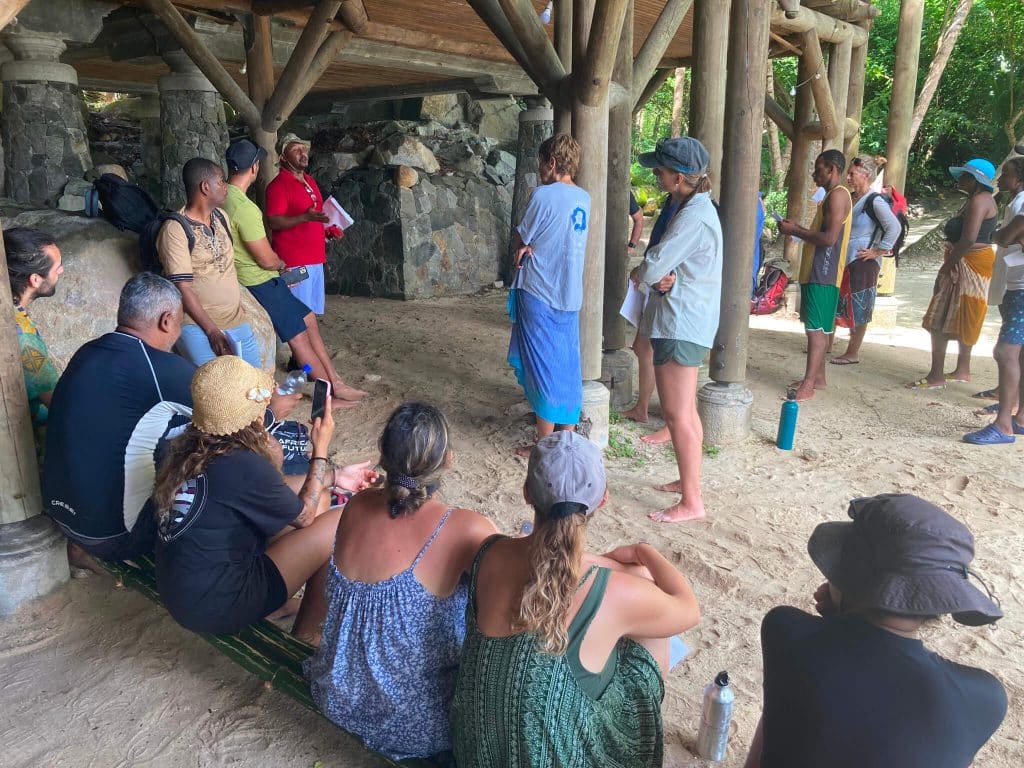
During my speech, I made a point of presenting the World Coral Conservatory as a player committed to this common struggle. But beyond this presentation, it was hope that animated me. The hope of seeing young researchers, managers and decision-makers all united by the same ideal: to preserve our blue planet.
For it’s not just a question of saving coral reefs, but of saving our common future. And this school, this moment suspended in time, reminded me that we are all linked, all interdependent. Together, we can face the challenges that lie ahead and build a future where man and nature live in harmony.
Photos : Xavier Koenig and IRD
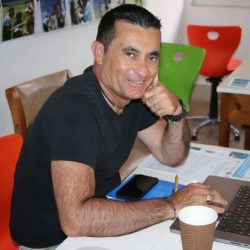
Auriane Pertuisot, marine projects officer at the Prince Albert II of Monaco Foundation, has been coordinating a coalition of donors dedicated to protecting the Mediterranean monk seal since 2019: the Monk Seal Alliance. In this post, she explains the coalition’s raison d’être, actions and results.
The Monk Seal Alliance is part of the circle of partners of the Missions Méditerranée des Explorations de Monaco. As part of its mission to educate and raise awareness, it participated in the design of the exhibition “Time for Action: Mediterranean Marine Areas”, inaugurated in Barcelona on April 9, 2024 for the 2nd meeting of the Decade of the Ocean.
Protecting the Mediterranean Monk Seal
Why the Monk Seal Alliance exists
The Mediterranean monk seal, Monachus monachus, is one of the world’s most endangered marine mammal species.
With fewer than 900 individuals remaining, mainly distributed between Greece, Turkey and Cyprus in the Mediterranean, and Mauritania and Madeira in the Atlantic, its conservation is crucial for marine biodiversity.
The Monk Seal Alliance plays an important role in the protection of this emblematic species, supporting conservation projects and coordinating various initiatives on a regional scale.
Who is the Mediterranean Monk Seal?
The Mediterranean monk seal can measure up to 2.4 meters and weigh up to 320 kg.
Monk seal hunting was one of the first human pressures on this species.
Since ancient times, monk seals have been hunted for their skin, blubber and meat.
This intensive exploitation has considerably reduced their numbers.
Historically, seals mainly used beaches for resting and breeding.
However, they gradually adopted inaccessible sea caves, far from human activity, to find a little peace and quiet.
Today, the main threats to the species are habitat loss due to coastal construction and mass tourism, and accidental entanglement in fishing nets or deliberate killing.
The actions of the Monk Seal Alliance
- Habitat protection: MSA works with and supports governments and local NGOs to create and manage marine protected areas (MPAs).
If the organizations managing them have adequate human, technical and financial resources, these areas offer a safe haven for seals. - Monitoring and Research: The alliance funds research projects to learn about population characteristics, seal behavior, habitats and needs.
This information is crucial for understanding the threats they face and deducing conservation priorities. - Awareness and Education: Public awareness is essential for the long-term conservation of monk seals.
MSA supports educational campaigns to inform local communities and tourists about the importance of preserving this species. - Emergency response: In the case of injured or distressed seals, MSA can support organizations providing veterinary care before releasing them into a marine protected area.
Impact and results
Thanks to the efforts of the Monk Seal Alliance and its partners, several notable successes have been achieved.
Local seal populations are showing signs of recovery, and new marine protected areas have been established.
The latest global Red List assessment by the International Union for Conservation of Nature confirms an increase in the population.
International collaboration and local partnerships are at the heart of these successes, demonstrating the importance of a collective approach to marine wildlife conservation.
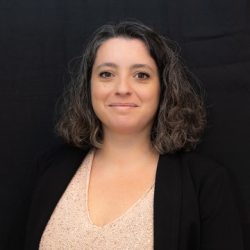
Auriane Pertuisot
Monk Seal Alliance coordinator since 2019. In charge of marine projects for the Prince Albert II of Monaco Foundation.
In this post from June 7, 2024, Joana, Manon, Hortense and Gaël, 4th graders at the Lycée français de Barcelone, look back on their day at Barcelona’s Port Vell on April 8, 2024, a day during which they took part in several educational and awareness-raising workshops offered by Explorations de Monaco on the occasion of the second meeting of the Decade of the Ocean.
A day out of the ordinary...
On the afternoon of Monday April 8, 2024, our 4th grade class, one of three maritime classes at the Lycée Français de Barcelone, had the chance to discover the Société des Explorations de Monaco.
First port of call: guided tour and workshop on the “Time for Action: Mediterranean Marine Protected Areas” exhibition”
The exhibition was set up outdoors at Barcelona’s Port Vell.
The visit was an opportunity to learn about the current state of the Mediterranean, the dangers that threaten it and the importance of Marine Protected Areas for its protection and sustainable management.
It’s a sea rich in biodiversity, but particularly vulnerable: it contains 28% of endemic species, i.e. species that live only in this sea!
It’s an almost enclosed sea, in the middle of land, around which 522 million people live.
Imagine the pollution generated by discharges and waste, the intensity of tourism and maritime traffic!
This visit made us realize the extent to which global warming and human activity are having an impact on ecosystems such as coralligenous, posidonia and the open sea.
They affect underwater species such as turtles and groupers… Angela, our guide, made us realize that we humans are not the only ones suffering from global warming.
Other species are suffering just as much, if not more, than we are!
And we can do something to reverse the trend: for example, by developing Marine Protected Areas and making them more effective.
Today, 8.33% of the Mediterranean is protected, but only 0.04% of the waters benefit from strong protection.
A great deal of investment is still needed if we are to reach the 30% target by 2030, as the States have decided…
Second port of call: in the afternoon, we boarded the Tuiga, flagship of the Yacht Club de Monaco (YCM) .
We split into two groups.
One, with Didier, discovered the subtleties of seamanship and the living conditions of sailors.
The other, with Jean, learned about the incredible history of this regatta boat.
This magnificent racing yacht was built 115 years ago, in 1909, by Scottish architect William Fife III in Fairlie, on the west coast of Scotland.
Her first owner was the Marquis of Medinaceli, cousin of the King of Spain.
Of the 20 boats built on this model between 1908 and 1912, only three other identical yachts are still plying the seas: theHispania, owned by the King of Spain, the Mariska and The Lady Anne.
The Tuiga met up with the Mariska here at Barcelona’s Reial Club, where we were staying.
Portrait of a traditional sailing icon: the Tuiga
Jean, one of the sailors who looks after the yacht all year round, shared his secrets with us.
Its construction materials, teak and mahogany, make it weather-resistant.
The hull is 23 meters long.
Equipped with a bowsprit mast with a net to secure the sails and prevent the crew’s “number 1” from falling overboard, she has a trapezoidal sail and a sail in the shape of a right-angled triangle, called a jib: she has a sail area of 370 m3.
To go out to sea, a crew of around twenty sailors is required.
The yacht can go up to 25-30 knots, which corresponds to a speed of 30-40 km/hour, and has a draught of 26.07281844048 tons, the equivalent of 73.83 m3!
Thank you so much for this extraordinary experience, which for sure we’ll remember for the rest of our lives!
Joana, Manon, Hortense and Gaël
4th graders in maritime-oriented classes at the Lycée français de Barcelone.
In this post, Aude Jacomme, a teacher at the Lycée Français de Barcelone in charge of maritime classes, talks about the fruitful collaboration set up with Explorations de Monaco for the 2nd meeting of the Decade of the Ocean in Barcelona.
A look back at the organization and unfolding of a week rich in discoveries, initiating new projects and promising extensions.
A meeting that bears fruit...
The beginnings…
January 12, 2024, among the many emails received each day, one in particular catches my attention: “Ocean Decade Conference and maritime classes at the Lycée Français de Barcelone”…
Mail origin: Monaco Explorations ?
The 2nd Decade of the Ocean Conference…
The aim of these maritime classes is not only to make students aware of the various issues surrounding the conservation and sustainable management of the ocean, but also to open up new horizons in terms of professional fields, culture, knowledge and interpersonal skills.
Each time, the speakers who come to meet our students explain their career paths to raise awareness of training, studies and professions, some of which are extremely motivating.
We work with universities and research laboratories in physics, chemistry and marine biology.
We are also in contact with the Port of Barcelona for all matters relating to port activities, companies working in the marine economy and what is known as the “blue economy”.
And so, on January 12, 2024, when we opened this e-mail, the adventure began… And what an adventure it was!
Very quickly, a videoconference and weekly exchanges enabled us to share many ideas and determine how the Société des Explorations de Monaco could enrich our students’ careers.
A network of exchanges was established, and we enthusiastically shared contacts with our local partners.
Sailor's knot workshop aboard Tuiga with delegates from the Lycée Français de Barcelone's maritime classes.
April 9, 2024.
Port Vell.
Barcelona©JC Vinaj.Explorations de Monaco
Meeting-debate at the Lycée Français de Barcelone.
April 10, 2024.
Xavier Prache, Director of Explorations de Monaco.
On his right, Mr. Jean Bastianelli, Principal and on his left, Mrs. Anne-Sophie Vallier, Deputy Principal ©JCVinaj.Explorations de Monaco
Mediation, one of the three pillars of the Explorations de Monaco's work during the Mediterranean Missions, along with regional cooperation and science©JCVinaj.Explorations de Monaco
Teachers from the Lycée Français de Barcelone at sea school aboard Tuiga, the Principality of Monaco's ambassador ship.
April 12, 2024©JCVinaj.Explorations de Monaco
Maritime class delegates welcome to Port Vell aboard Tuiga.
April 9, 2024.
Students with the Tuiga crew and the Explorations de Monaco animation team©JCVinaj.
Monaco Explorations
Educational workshop on the "Time for Action" exhibition with students from the Lycée Français de Barcelone.
April 9, 2024.
Several 4th, 5th and 3rd grade classes from the Lycée Français will have been hosted during the week of April 8 to 12, 2024, along with other Barcelona schools ©A.Jacomme.
Explorations in Monaco
Didier Théron, Head of Mediation at Explorations de Monaco, welcomed a class from the Lycée Français at Barcelona's Reial Club Nautico.
Program: marine workshop aboard Tuiga and visit to the Marine Protected Areas exhibition.
April 7, 2024©A.Jacomme.
Monaco Explorations
Exchange between the entire Explorations de Monaco team and students, teachers and parents at the Lycée Français in Barcelona.
April 12, 2024©JCVinaj.Explorations de Monaco
Projects take shape…
March 2024, no more screens and written exchanges, it’s time to get to know each other.
Xavier Prache is in Barcelona for a few precious hours, during which we list the program proposed to our students.
A visit to Tuiga, exhibitions on Mediterranean Marine Protected Areas, exchanges between LFB families and members of the Société des Explorations de Monaco, an outing at sea for teachers, a meeting between our maritime ambassadors and His Serene Highness Prince Albert II of Monaco… Just thinking about all these wonderful experiences on offer to our students and their teachers made me “le corazon contento” as the Spanish say.
So many opportunities!
The long-awaited week is about to begin…
April 2024, after a week of intense daily exchanges, we’re finally there – everything’s ready!
We met the rest of the team, who had exchanged so much beforehand that we felt we already knew each other.
What a team!
A warm and thoughtful welcome, all our maritime stakes classes were able to discover the interactive exhibition on Marine Protected Areas, accompanied by one of the team members who was able to teach them about this concept with a lot of pedagogy.
They also met members of the Tuiga crew, from deckhand to captain!
From the bowline to the fisherman’s knot, they now know how to do it with their eyes closed and their hands behind their backs.
They discovered a rather unique boat in terms of its history and the living conditions of sailors during regattas.
One of our sailing enthusiasts also met the crew of the sister ship Mariska.
Our students were immersed in maritime issues at the highest level, and understood that the Ocean was the concern of the years to come: better knowledge for better protection!
They still talk about it today with stars in their eyes every time they walk through the door of our classrooms.
They feel concerned, involved and responsible.
That’s what this kind of project is all about.
So it’s safe to say: mission accomplished!
The adventure continues
June 2024; the next stage in our collaboration, but the adventure doesn’t end here!
That’s the magic of this great joint project.
The Marine Protected Areas exhibition has remained in Barcelona at the Lycée Français.
Our students are getting ready to present it to primary school children, but also to other schools in the area.
In French, English, Catalan and Spanish, whatever language they use, they’ll get the message across.
Thanks again to the Monaco explorations team for this wonderful experience, which will remain engraved in the memory of the Lycée Français de Barcelone.
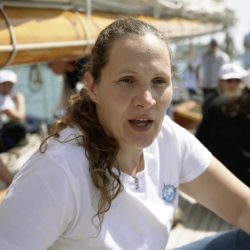
Aude JACOMME
Teacher at the Lycée Français de Barcelone.
In charge of maritime classes.
April 9, 2024.
On the eve of the announcement of the Mediterranean Missions in Barcelona, as part of the second meeting of the Decade of the Ocean, Xavier Prache sets the scene, looks ahead to the next missions and measures the progress already made since his arrival on September 1, 2023 at the head of Explorations de Monaco.
Off we go!
This is it!
April 9, 2024.
The announcement of Monaco’s Mediterranean Explorations Missions!
Barely 7 months after taking the helm of this singular platform, entirely dedicated to serving H.S.H. Prince Albert II of Monaco’s commitment to the knowledge, sustainable management and protection of the Ocean, I find myself in Barcelona.
From the terrace of the apartment rented for the occasion, the Explorations team’s HQ for this baptism of fire, I contemplate the Port Vell and its promenade, where the travelling exhibition on Marine Protected Areas in the Mediterranean, entitled“Time for Action“, has been installed for the past few days.
This formidable mediation tool is the result of a lot of hard work, carried out with our partners for the occasion.
Everything is ready, or seems to be!
The team worked for it!
Before me, Gilles Bessero, former director of Explorations de Monaco, had charted the course.
As a good ship’s captain, I followed it, making sure that every member of the crew was ready for the big day.
And here we are!
The first mediation activities began the day before with classes from the Lycée Français de Barcelone, including the 4th grade class with ” maritime issues“.
The students are already motivated and committed, to become tomorrow’s ambassadors for the Mediterranean to their classmates and families, and the day after tomorrow to their children, in turn, and to their colleagues in their professional lives.
They are lively, interested and curious, with the insolence that youth still allows: the challenges facing the Mediterranean in general, and the Marine Protected Areas in particular, are nourished by this youth, this strength, this hope for the future.
Time for Action
The Mediterranean is a nugget of biodiversity, representing less than 1% of the total surface area of the oceans.
Yet it is home to 8% of the world’s marine species and 28% of endemic species.
This sea in the middle of the earth needs our joint commitment, all generations, strengths and skills united, if the ambitious targets set in 2022 in the Kunming-Montreal Global Biodiversity Framework are to have any chance of being approached: 30% of the Mediterranean duly conserved and managed by 2030!
It’s time for action.
For months, the team has been working on the events that will mark the announcement day.
But we’re not alone: the co-organizers of these events, MedPAN, SPA/RAC, The MedFund and the Monk Seal Alliance, have been supporting us from the outset.
Our institutional partners too, the Princely Government, the Prince Albert II of Monaco Foundation, the Oceanographic Institute, the Monaco Scientific Centre, and the Yacht Club de Monaco, thanks to whom we are fortunate enough to be accompanied to Barcelona by Tuiga, the Principality of Monaco’s heritage sailboat.
No, we’re not alone, and we’re even privileged to be able to count on the presence of the Sovereign Prince at each of our satellite events.
What other state in the world can boast such a commitment, on a daily basis, to the benefit of the Ocean, and here in particular the Mediterranean Sea?
The stage is set for Missions Méditerranée.
And for a long time to come!
Just imagine: 7 years of missions all around the Mediterranean, serving marine protected areas and their managers.
Barcelona will be followed in October 2024 by the first Mediterranean Missions mission, the launch mission, to Greece!
5 weeks in which we look forward to coming back to you to share the Principality of Monaco’s commitment…
Onwards and upwards!
Set course for the Mediterranean and its marine protected areas!
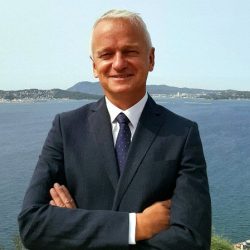
Xavier PRACHE
Director of Explorations in Monaco.
Xavier PRACHE succeeded Gilles BESSERO on September 1, 2023.
Dass Bissessur expresses in this post the feelings of the Mauritian scientific team at the end of the Monaco Indian Ocean Explorations mission; an exceptional opportunity to build capacity in the various disciplines of oceanography and to further explore the little known area of Saya de Malha.
The Mauritian perspective
As Mauritian scientists, this expedition provided an amazing opportunity to enhance our capacity in the different disciplines of oceanography and further explore this remote region. Being on a research vessel such as the SA Agulhas II, we, as young scientists, gained hands-on training in manipulating and operating oceanographic instrument, collecting quality data and samples as well as processing and analysing these data.
We also worked in close collaboration with international scientists in research work involving: physio-chemical profiling, bathymetry, sub-bottom profiling, currents, fauna and flora samplings and marine mammals’ and birds’ observations. Additionally, two experiments, the first involving the photosynthetic activities of seaplants (phytoplankton, seaweeds and seagrasses) and marine symbiotic invertebrates (hard corals, gorgonians, giant clams) and the second, the thermal tolerance of these organisms to climate change-driven global warming were conducted for the first time onboard a vessel by Mauritian scientists.
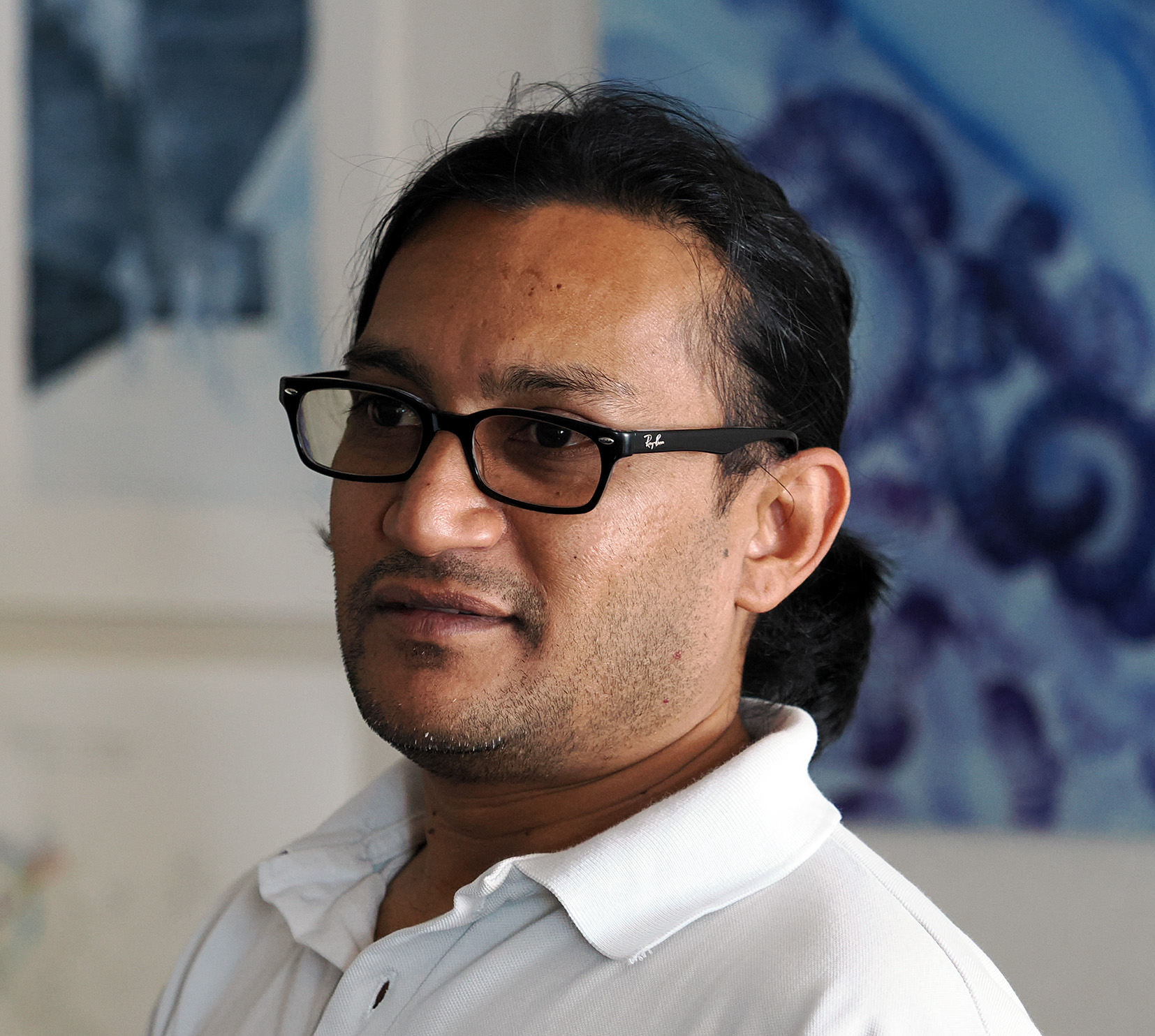
Dass Bissessur
PhD in Marine Geophysics.
Director Hydrocarbon / Mineral Exploration Unit.
Department of Continental Shelf, Administration and Exploration of Maritime Areas.
Office of the Prime Minister, Mauritius Island
Coordinator of the various scientific projects on the Banc de Saya de Malha during the Monaco Explorations Indian Ocean mission, Francis Marsac, IRD representative in the Seychelles, fisherman and oceanographer, gives an initial assessment of the operations carried out in the field.
Three intense weeks and a great deal of satisfaction on the spot, including on a human level, with a great deal more to come.
Clap de fin
The Saya de Malha Bank is already far behind the wake of the S.A Agulhas II… The campaign ended in Mauritius on November 22nd, with the laboratories emptied of the equipment brought in especially for this project.
Measuring equipment, fishing gear and collected specimens were put back into the container and into crates to be unloaded in Cape Town, the final destination of the Monaco Explorations journey which began on October 3, before returning to the French laboratories.
The hustle and bustle on deck, the noise of the winches, the comings and goings of the crew, the doors opening and closing… The hive is deserted, the end-of-campaign blues!
What will remain of our passage on this shallow sea planted in the middle of the ocean?
Barely a few traces of our dragging gear, quickly faded by the currents that relentlessly reshape the sediments.
On the other hand, a magnificent harvest of benthic community specimens, collected over a mere 60,000 m² divided into five sectors, along a 1600 nautical mile route on the Saya de Malha shoal.
What exactly are we talking about?
300 to 400 species of molluscs, around 300 species of crustaceans and around 100 species of algae brought on board, sorted and examined under a binocular magnifying glass by our experts from the French National Museum of Natural History. Already, three gastropod specimens and one crustacean are considered new species, i.e. not yet described by taxonomists.
Two emblematic species, a gastropod, Conus primus, and the clam Tridacna rosewaterii, have been “re-discovered” on Saya de Malha.
The potential for discovering other endemic and even new species among our collections is significant,” points out Professor Philippe Bouchet, an internationally renowned malacologist and member of the expedition.
This will keep specialists busy for the next five years, given the scale of this harvest.
To be followed closely
Gigabytes of digital data on physico-chemical and biological parameters measured by the bathysonde in the water column have been stored on the computers.
There are also long hours of video footage filmed by the ROV during its seven dives, and images taken by various cameras anchored to the seabed that remain to be processed – enough to provide research topics for our young researchers in the region.
This choice information on the properties of the water column and the habitats visited gives context to the floristic and faunistic inventory described above.
It’s easy to be complacent about this initial scientific assessment.
However, the expedition’s greatest asset was its human dimension.
The scientific team was made up of scientists from the Seychelles (including students), Mauritius, France, South Africa and Spain.
A melting pot of nationalities and skills that worked perfectly.
An intergenerational fusion of exchanges, interaction, mutual aid and interests that took shape after just a few days of learning from each other.
In my opinion, the Explorations de Monaco expedition made a major contribution to strengthening exchanges between Seychellois and Mauritian scientists.
They didn’t know each other very well, and now have a clear motivation to develop joint projects.
“When will the next campaign take place?” they exclaimed as they left the ship.
The framework of the Saya de Malha joint management zone lends itself perfectly to this, as Seychelles and Mauritius have each developed a roadmap for their Blue Economy, and want to work together towards the reasoned and sustainable use of Saya de Malha’s resources.
This can only be done on a scientific basis.
I’m convinced that this desire to work together is not a one-shot deal.
It will continue in a broader framework, including training and future projects to be co-constructed with expedition scientists from outside the region.
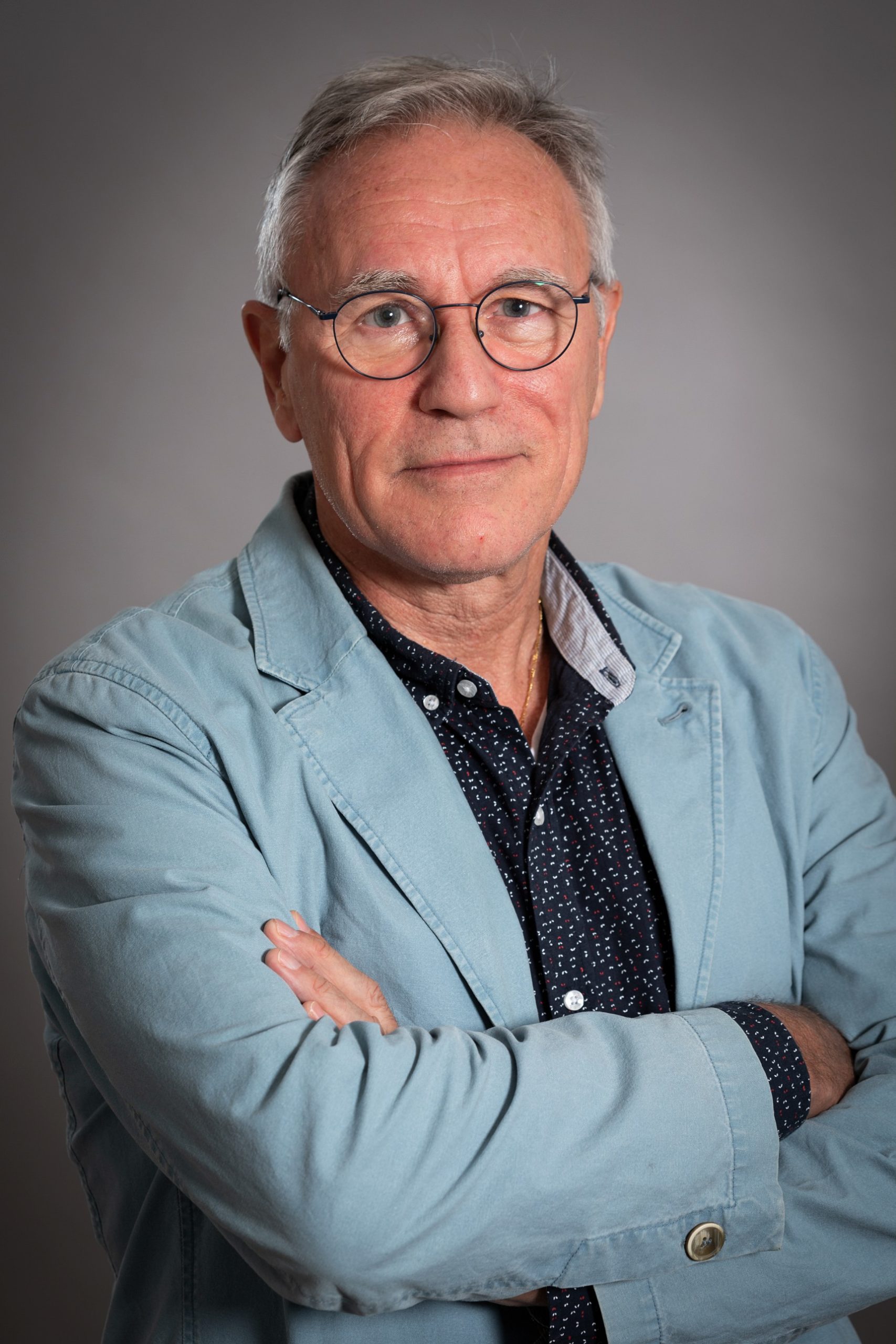
Francis Marsac
Director, IRD Representative in the Seychelles, Halieute and oceanographer, coordinator of scientific operations on Saya de Malha during the second part of the Monaco Explorations Indian Ocean mission.
